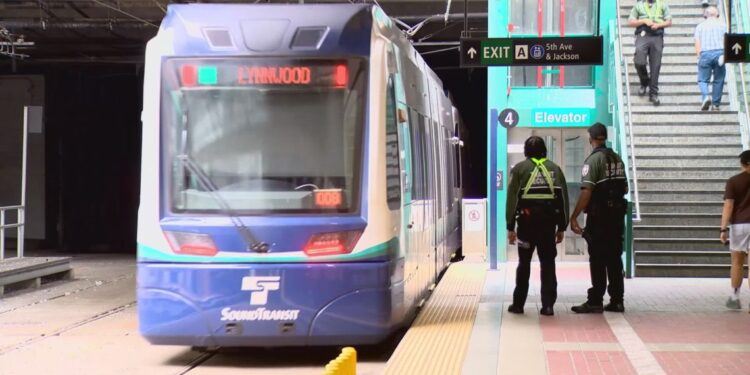Sound Transit officials announced Thursday that the agency requires an additional $22 billion to $30 billion to complete its light rail expansion across the Puget Sound region, representing a dramatic escalation from previous projections.
The staggering shortfall marks a fourfold increase from 2021 estimates when officials projected needing just $6 billion more to finish their ambitious transit plans. The budget crisis threatens key projects including light rail extensions to West Seattle and Ballard, connections to Tacoma Dome and Tacoma Community College, and service expansion to Everett.
These initiatives formed the centrepiece of Sound Transit 3, a $54 billion programme that voters narrowly approved in 2016. Original projections suggested the average adult would pay approximately $169 more in annual taxes to fund the expansion.
Sound Transit attributes the massive cost increases to multiple economic pressures since 2021. Inflation has eroded purchasing power whilst complex engineering challenges have proven more expensive than anticipated. Trade tariffs have increased material costs, labour shortages have forced premium wage payments, and supply chain disruptions have delayed projects whilst driving up expenses.
Skyrocketing real estate prices have made acquiring station sites and right-of-way significantly more costly than originally budgeted. The agency emphasised these represent “conservative and unmitigated” estimates, suggesting actual shortfalls could exceed current projections without aggressive cost-cutting measures.
The budget crisis creates political challenges for Sound Transit, given ST3’s narrow approval margins. The measure won King County with 58 per cent support and passed Snohomish County with just 52 per cent, whilst Pierce County voters rejected it with 56 per cent opposition.
Requesting tens of billions in additional funding during an inflationary period could prove politically problematic for the transit agency. The original ST3 campaign faced significant opposition from taxpayer advocacy groups who questioned cost projections and warned of potential overruns.
Sound Transit has launched an “Enterprise Initiative” to identify cost-reduction opportunities whilst maintaining ST3 commitments. The agency plans to present a detailed cost-saving plan to the board in September, though the enormous funding gap may force difficult decisions about project scope, timelines, or additional tax measures.
The crisis reflects broader challenges facing major infrastructure projects nationwide, where initial cost estimates often fail to account for economic volatility, regulatory changes, and scope expansion pressures. Similar transit projects in California and New York have experienced comparable budget overruns.
For a region that has embraced light rail as the primary solution to traffic congestion, the coming months will test whether transit expansion plans can survive fiscal realities. The outcome could influence regional transportation policy for decades whilst affecting public confidence in large-scale infrastructure investments.
The agency’s ability to navigate this crisis will determine whether Puget Sound residents ultimately receive the comprehensive transit system they voted to fund, or whether financial constraints force a more modest vision of regional connectivity.







